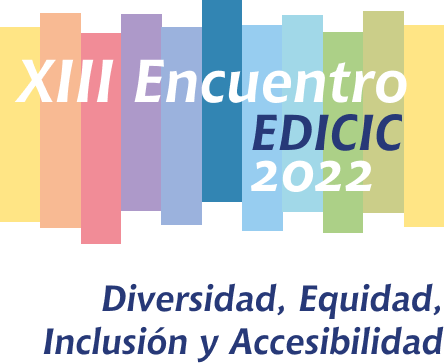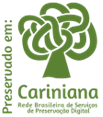Key elements for creating accessible e-mails
DOI:
https://doi.org/10.62758/re.v2i4.120Keywords:
Accessibility, Digital Accessibility, Accessible Government Documents, EmailAbstract
Electronic mail has been established as a means of official interaction between government agencies and citizens, being cited in Federal, State and Municipal laws. However, studies on accessibility in electronic mail are still scarce, considering that, according to the Brazilian Institute of Geography and Statistics (IBGE), in 2010, there was, in Brazil, a contingent of 45.6 million people with some type of disability. As a result, potential users who need e-mails to have some type of access facilitator exist, but which are not always met. In this context, the present study aims to present recommendations and guidelines to make e-mails accessible, based on a documentary study from official and academic sources, covering both technical and scientific documentation. As a result of the study, the recommendations for creating accessible e-mails, from the perspective of people who use e-mail as a form of official communication in the development of their activities, can be highlighted in seven main points: subject field; text form; language used in the message; images that can be inserted into the message; tables; attachments; and signature. The observation of the guidelines listed in the study can help a greater number of people to have access to government information.
References
Barboza, E. M. F., & Nunes, E. M. D. A. (2007). A inteligibilidade dos websites governamentais brasileiros e o acesso para usuários com baixo nível de escolaridade. Inclusão Social, 2(2), pp.19-33.
Brasil (2014). Modelo de Acessibilidade em Governo Eletrônico. http://emag.governoeletronico.gov.br.
Brasil (2018). Presidência da República. Manual de redação da Presidência da República. (3.ed.) Brasília: Presidência da República. http://www4.planalto.gov.br/centrodeestudos/assuntos/manual-de-redacao-da-presidencia-da-republica/manual-de-redacao.pdf.
CONARQ - Conselho Nacional de Arquivos (2012). Diretrizes para a Gestão Arquivística do Correio Eletrônico Corporativo. Rio de Janeiro: CONARQ. https://www.gov.br/conarq/pt-br/centrais-de-conteudo/publicacoes/Correio_eletronico_completo_2.pdf.
Fisher, H. (2018). Clareza em textos de e-Gov: uma questão de cidadania. Rio de Janeiro: Com Clareza.
Fundação Sistema Estadual de Análise de Dados (2016) Orientações para adoção de linguagem clara: este guia é parte integrante do projeto de cooperação entre o Governo do Estado de São Paulo e o Reino Unido. São Paulo. 37p. ttps://bibliotecadigital.seade.gov.br/view/listarPublicacao.php?lista=0&opcao=5&busca=Orientacoes%20para%20adocao%20de%20linguagem%20clara&listarConteudo=T%C3%ADtulo%20%20%C2%BB%20Orientacoes%20para%20adocao%20de%20linguagem%20clara.
Nakano, N. (2022). Acessibilidade na Ciência da Informação: uma revisão sistemática da literatura brasileira. AtoZ: novas práticas em informação e conhecimento, 11, pp.1-13. https://revistas.ufpr.br/atoz/article/view/81992/46480. DOI: https://doi.org/10.5380/atoz.v11i0.81992
Petter, M. (2003). Linguagem, língua, linguística. In: Fiorin, J. L (Org.). Introdução aos estudos linguísticos I: objetos teóricos. São Paulo: Contexto.
Saussure, F. (2021). Curso de linguística geral. São Paulo: Parábola.
Santos, V. B. dos (2022). Preservação digital de documentos arquivísticos potenciais: reconhecendo e enfrentando o problema. Revista Brasileira de Preservação Digital, 3(0),p. e022005. DOI: 10.20396/rebpred.v3i00.16584. https://econtents.bc.unicamp.br/inpec/index.php/rebpred/article/view/16584. DOI: https://doi.org/10.20396/rebpred.v3i00.16584
Terra, A. L. (2018). A gestão do e-mail organizacional: propostas para a definição de diretrizes. In: Actas do Congresso Nacional de Bibliotecários, Arquivistas e Documentalistas (No. 13).
Downloads
Published
How to Cite
Issue
Section
License
Copyright (c) 2022 Revista EDICIC

This work is licensed under a Creative Commons Attribution 4.0 International License.
The Association holds the copyright of the texts it publishes and, therefore, adopts a Creative Commons License, CC BY 4.0 DEED Attribution 4.0 International (https://creativecommons.org/
You are free to:
- Share: copy and redistribute the material in any medium or format for any purpose, even commercially.
- Adapt: remix, transform, and build upon the material for any purpose, even commercially.






